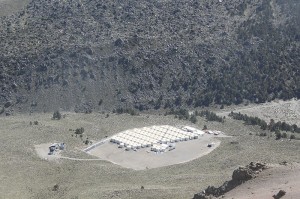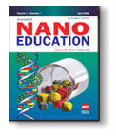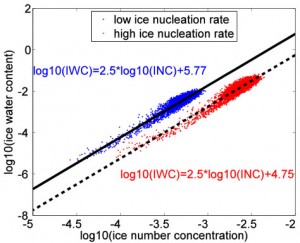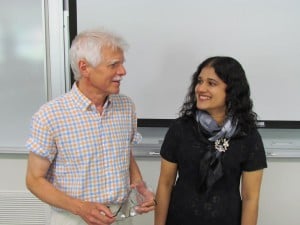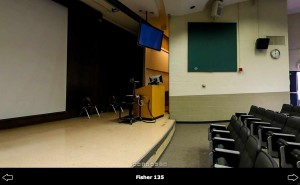PI Claudio Mazzoleni and Co-PI Kendra Wright (Physics) have been awarded a $30,000 grant/student fellowship from the National Aeronautics and Space Administration for “Radiative Properties of Free Tropospheric Aerosols in the North Atlantic at the Pico Mountain Observatory.”
From Tech Today.

